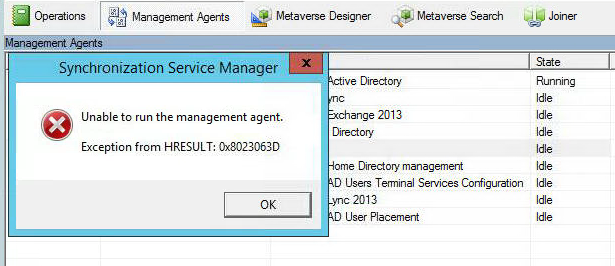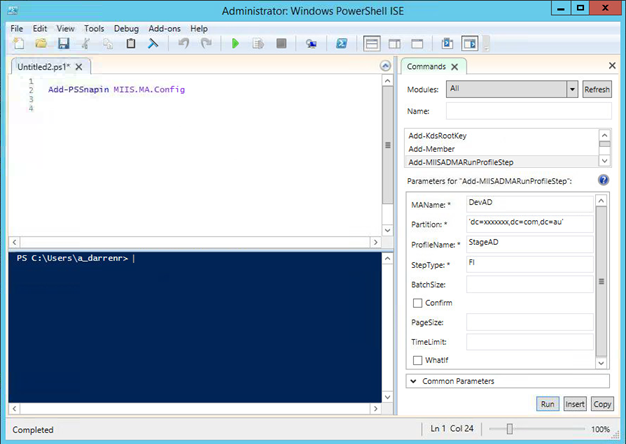Consuming CSV files from an Exchange Mailbox via Exchange Web Services and FIM/MIM 2016 using the Granfeldt PowerShell MA
This solution on first look is quite random. A management agent that consumes a flat file (comma separated file) isn’t ground breaking, but when the twist is that the CSV file is in an email in an Exchange Inbox, it’s quite a different scenario.
Background
My customer uses a Cloud Service for their recruitment processes. The cloud service does have a SOAP API that I could potentially develop a FIM/MIM solution for using the Microsoft Web Services Management Agent, however my customer does not have API access to their tenant, the vendor isn’t overly responsive and I need a solution in days not weeks.… [Keep reading] “Consuming CSV files from an Exchange Mailbox via Exchange Web Services and FIM/MIM 2016 using the Granfeldt PowerShell MA”


